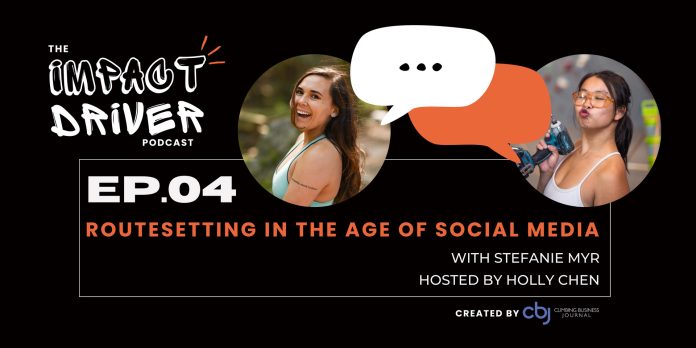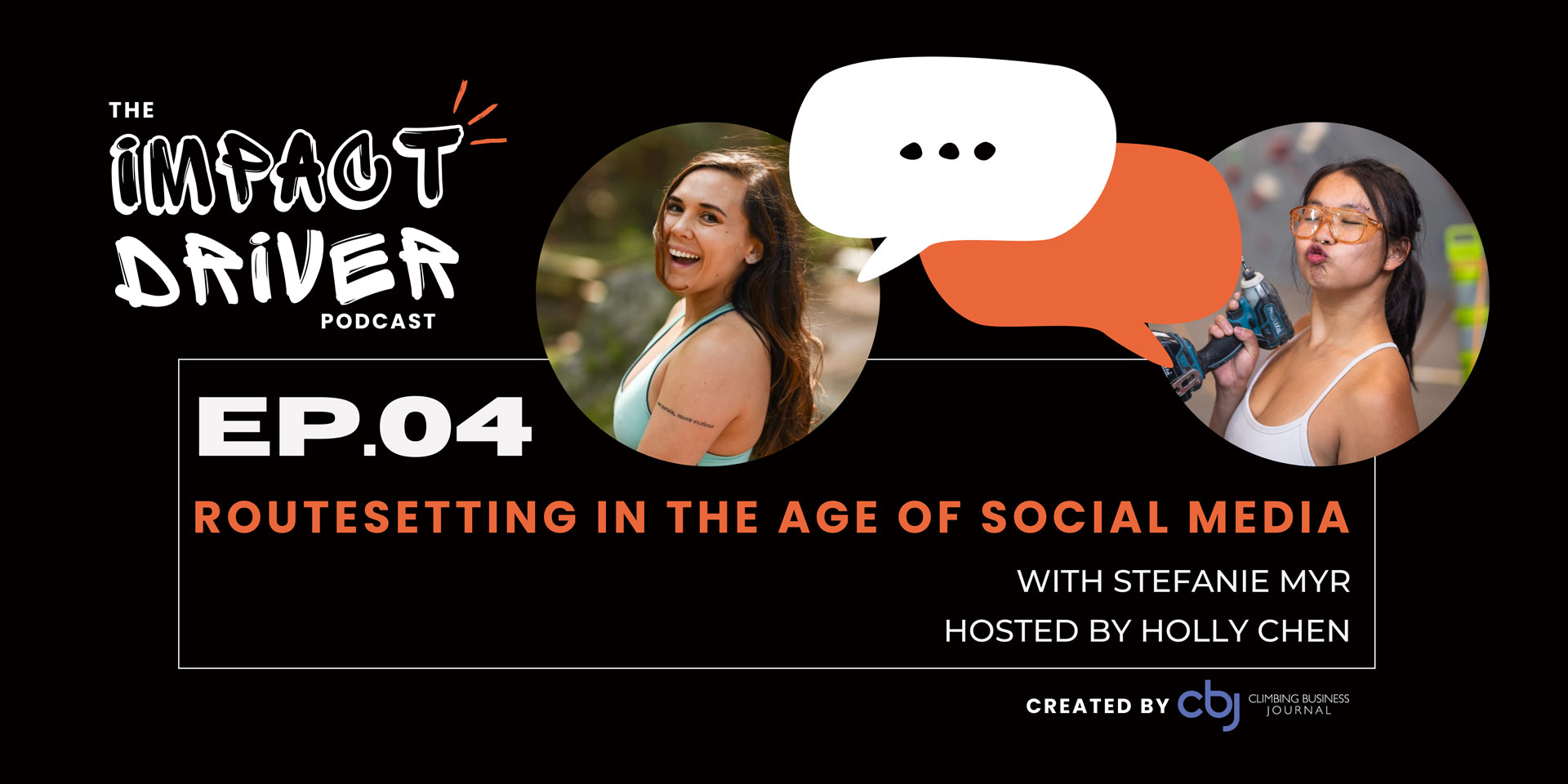
Today’s guest is Stefanie Myr, a climber of almost a decade and a routesetter for just as long. Myr is currently the head setter at Climb Tacoma in Tacoma, Washington. She began her setting career volunteering at the local YMCA before joining the Climb Tacoma staff. In addition to routesetting, Myr also manages the gym and coaches the youth team. If you’re wondering why she sounds so familiar, it’s probably because you’ve come across an Instagram account she founded and co-manages, called Expensive Boulders. In today’s wide-ranging conversation, Myr talks about social media’s impact on routesetting, aesthetics versus function, her philosophy and approach, and, of course, rock climbing.
Thank you Kilter and Trango for your support!
And thank you Devin Dabney for your music!
Timestamps
00:00:00 – Intro
00:01:53 – The Expensive Boulders Instagram account
00:06:40 – Initial goals of the account and its evolution
00:15:45 – Representation of routesetting on social media
00:21:07 – How does this representation of routesetting impact routesetters?
00:29:03 – Focusing on aesthetics
00:32:14 – Setting advice surrounding social media
00:43:52 – Evolution of Myr’s setting philosophy over time
00:48:13 – Myr’s mentors
00:56:55 – Training a new setter
01:04:38 – Setting harder than you climb
Abridged Transcript
CHEN: I’m wondering whether you could elaborate on maybe some initial goals you had for the [Expensive Boulders] account, what you hope the community would gain from it, and whether it has evolved or not?
MYR: …I think it’s really cool to be able to walk into a gym and see all sorts of different boulders. There’s a lot of variety, but if you look at my account or our account, you’ll actually see that there’s predominantly—I wouldn’t say it’s one type of boulder, but it’s definitely a certain flavor of boulder, and it’s boulders with big holds. You would be surprised to see that on the account and then actually see where I’m from…the gym that I grew up routesetting in, which has only been the last eight years. We don’t have any sort of wall terrain that allows for us to set with holds that big. Even some of our volumes can’t fit on all of the walls that we have. And we are extremely limited as to what we can do in terms of big coordination moves on slab or on vert or anything that forces you to stay close to the wall. Because of the density that we have to have on our walls, because of how small our gym is, we actually cannot really facilitate that…
Getting to the actual answer of your question, a lot of people would always say, “Man, climbing gym memberships are so expensive. I don’t get it…” One of the huge expenses for climbing gyms is holds. And it is absolutely crazy how expensive these holds can get…But my goal with the account was to kind of raise awareness of: “This sport is becoming an industry, and this industry is actually quite expensive. Your 30-second-to-a-minute experience of you climbing one boulder—not only do those holds cost money, but the person who put those holds there, it costs money to have them there. The person that learned how to do that, it costs money to teach them how to do that. It costs money to buy the tools and all of the hardware and all of the everything. The time that it took to teach them how to use their creativity and think of something in their brain and then have it appear on the wall—all of that costs so much money.” And I don’t think a lot of people realize that…
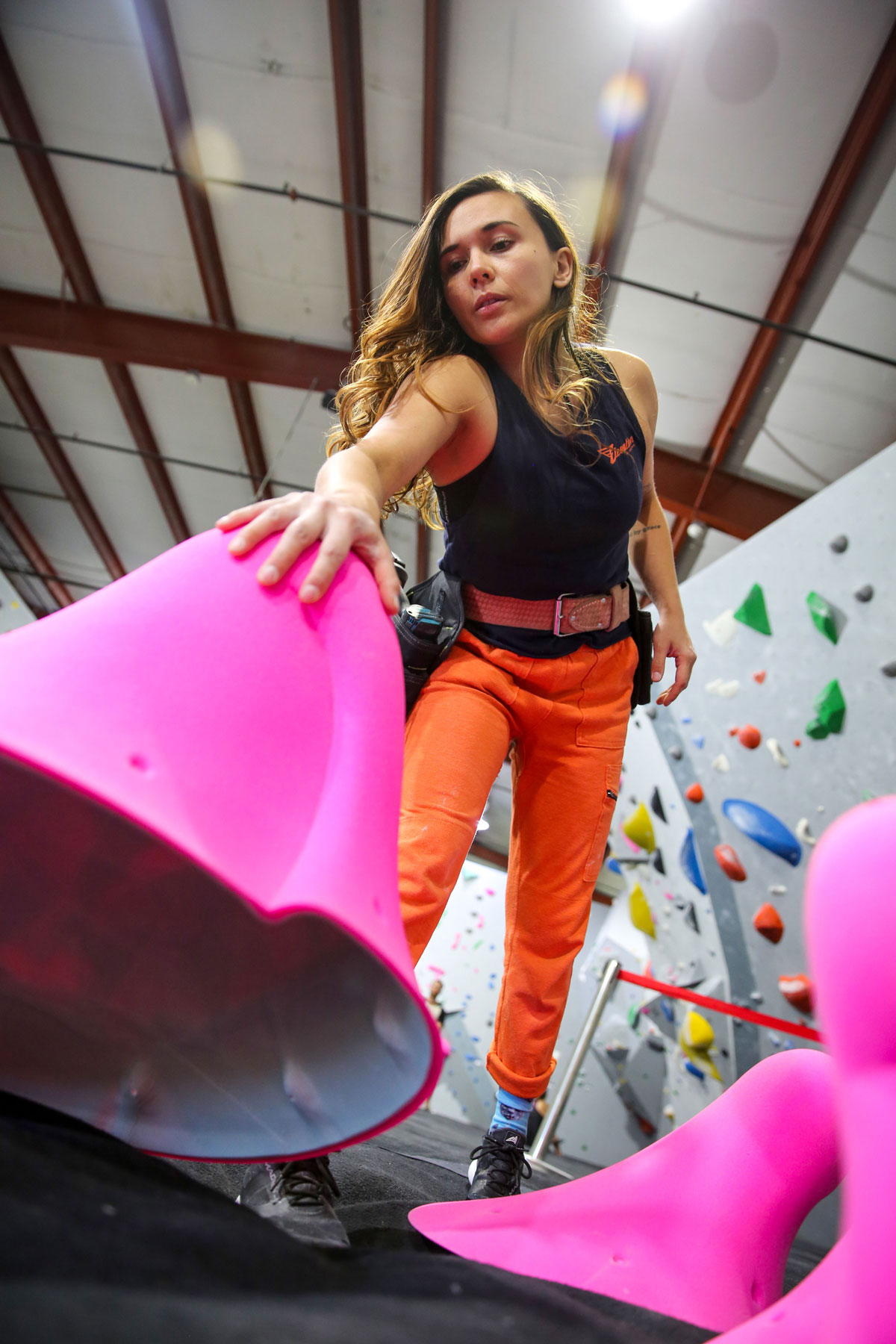
Feel free to disagree with me on this, but I think that social media’s representation of routesetting could potentially be skewed. What are your thoughts on that?
Oh, I think it absolutely is…Because if you are on a boulder that is just “pull and be strong,” someone can be really strong and they can hop on it and they can climb it and make it kind of look chill. I feel these days if we see a video on Instagram of someone just climbing something like that and they’re really strong, they make it look really easy. Is it something that’s going to keep our attention? Or are we going to scroll until we find the thing where there’s some dude doing a six-move paddle and then catching something with one arm, and then that’s the kind of movement that happens very quickly and it catches your eye? …It hits that spot in your brain when you see something crazy and outlandish like that because your first thought is: “Oh my gosh, that’s crazy. I could never do that.” …Depending on the gym, most of the routes are not that kind of route, and I feel if that’s all we’re seeing as routesetters, it can be kind of tough to break out of that and get creative just making what you could consider just “original,” “vanilla,” “normal” routesetting where you’re just pulling, which I think is really fun…
Social media absolutely focuses on aesthetics. And sometimes when the climber in the video is really strong and they make something look really easy, it’s difficult to tell the functionality of the climb. So, how do you think this slightly skewed representation of routesetting is impacting routesetters?
I think it’s interesting. At least for me, it has allowed me to get myself into a little bit of a rut and feel a little bit stuck sometimes. Because when it comes to aesthetics versus functionality, I will tell you right now that I’ve set routes that are super aesthetic and I’m like, “Gosh, that is so pretty. It’s literally perfect. I cannot believe how pretty and perfect this is and how everything matches. Everything is turned and set the way that I want it.” But then, in forerunning, one part doesn’t work. And the best solution will give my community the route that is best for them, that they will have the most fun on, that they will gain the most from…It’s all about making sure that for the grade, for the type of movement, the climber is enjoying themselves, they’re having just the right amount of difficulty, just the right amount of risk—all that stuff. There have been times where I’ve had to compromise aesthetics for functionality and be like, “Yeah, this hold does not match the hold set. Everything is dual-tex here, but this one isn’t. But this move is too hard for what this wall, what this set needs it to be, and it needs to change.” And I’ve also had some of my setters go through the same thing, too…
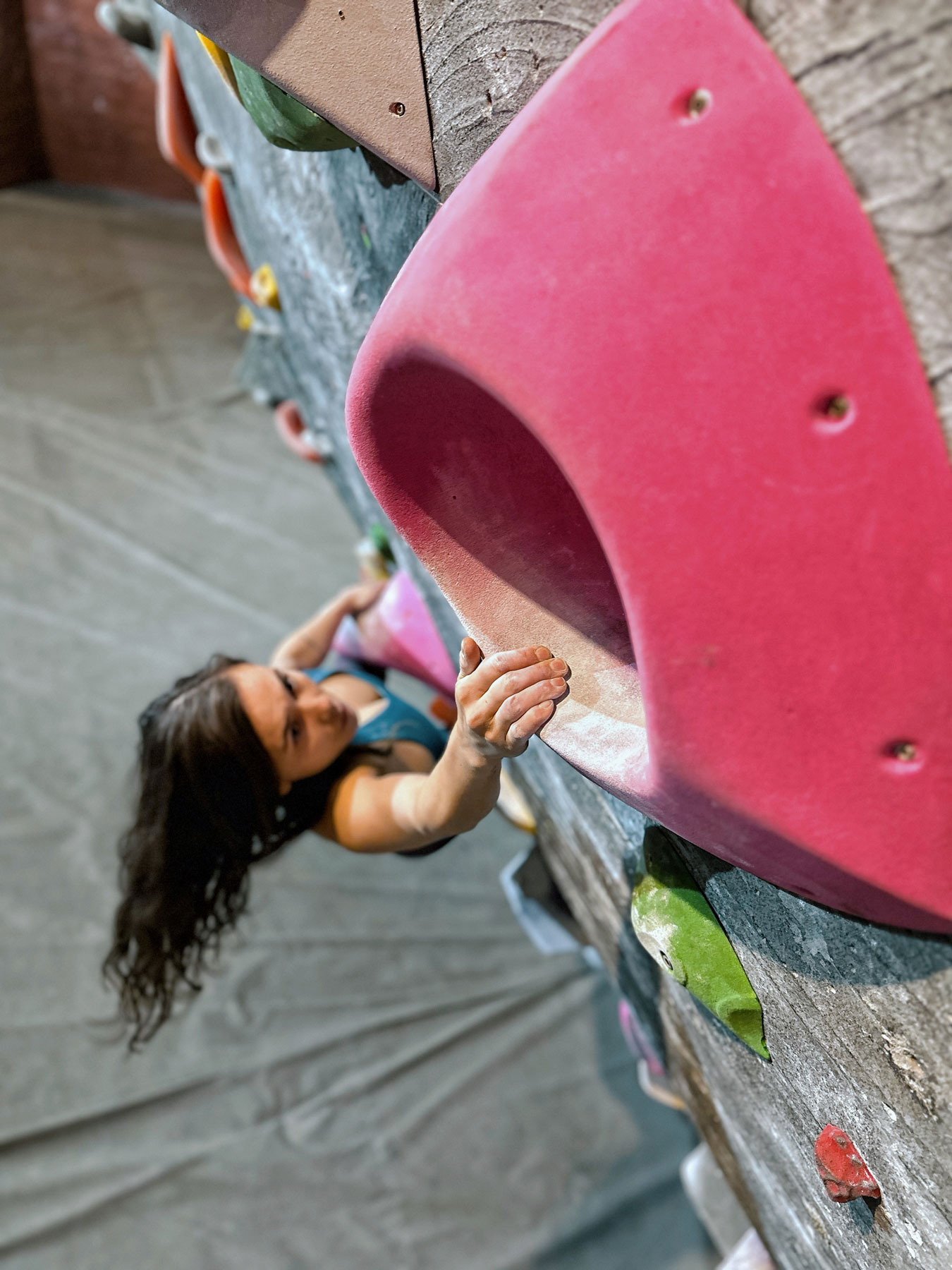
You said that generally you’re going to sacrifice aesthetics for function, and 99% of the time I agree with that. But is there any time where you are willing to sacrifice functionality for aesthetics?
I’m sure that there is…If it was something like, “Oh, the route with this perfect aesthetic turns out to be just a touch harder, or maybe they will have to work a little bit harder to keep their feet on.” I think the answer to that would be: If it teaches a good lesson—if it’s something that makes them work harder and end up using better technique or they have to get better body position or something like that—I think that is fine. I definitely have sacrificed the functionality to keep an aesthetic because I’m like, “Well, this will just be a really good opportunity for them to do X, Y and Z with their foot placement.” But if it’s something that I feel would not be beneficial, especially for the difficulty—that would be grossly inappropriate for the difficulty—then I will make the executive decision to be like, “No, we should switch it out.” But sometimes things turn out so perfect that maybe it’s Ok if [the climbers] have to work a little harder. And I think that might be the only time…
So, with your experience on Expensive Boulders and running or now co-running a big social media account, how has the evolution of routesetting online changed your philosophy over the years?
I was thinking about this, and I don’t really know if it has. I think the only way that it maybe has changed it is just what I was saying earlier about putting more focus on creating climbs at lower grades that are eye-catching and look fun. Because it pains me to think about someone walking into the gym and getting so excited to look at a climb, like “that climb looks really exciting,” and then realizing that, where they’re at now with their skill level, they wouldn’t stand a chance on it. Just prioritizing those lower-level climbs…
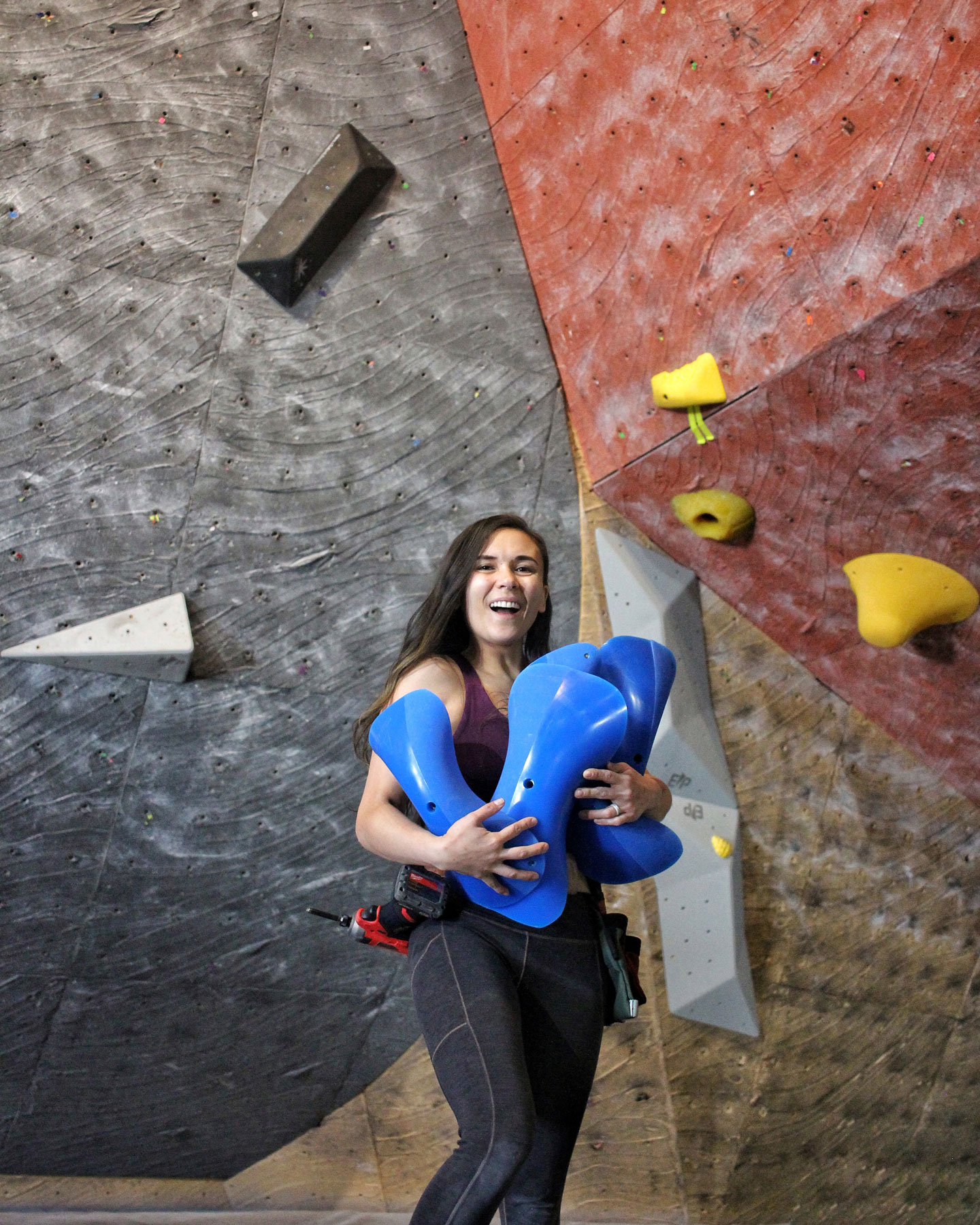
Going back to philosophy, can you tell us about the major influences or mentors who really shaped who you are as a routesetter, and maybe some major lesson that you’ve taken away from these people?
Well, my most prominent mentor is the owner of Climb Tacoma. His name is Brian. Actually, if you’re curious about Brian Doyle, he owns Climb Tacoma, obviously. He is in the Leavenworth Guidebook. He is a Leavenworth first ascensionist, and he and his best friend Jason own the gym. And Brian pre-COVID was the manager, and he was very involved in the gym…He hired me to work the desk and coach kiddos, the non-competitive team. And then he even said, “Hey, it’d be really cool to get you in routesetting, too. It’d be really good to have a woman on the team.” …And then, yeah, he taught me everything that I know about setting. And one of the biggest things that he has instilled in me is that our routes are here to not only give people a really enjoyable time but also to teach them something. At every level, there’s something that someone can learn, and there is also level appropriateness. I probably would not ask a V0 climber to do a heel hook or a toe hook, but you can introduce those in maybe V2, definitely V3 if you do it in a very simple way that feels very comfy…
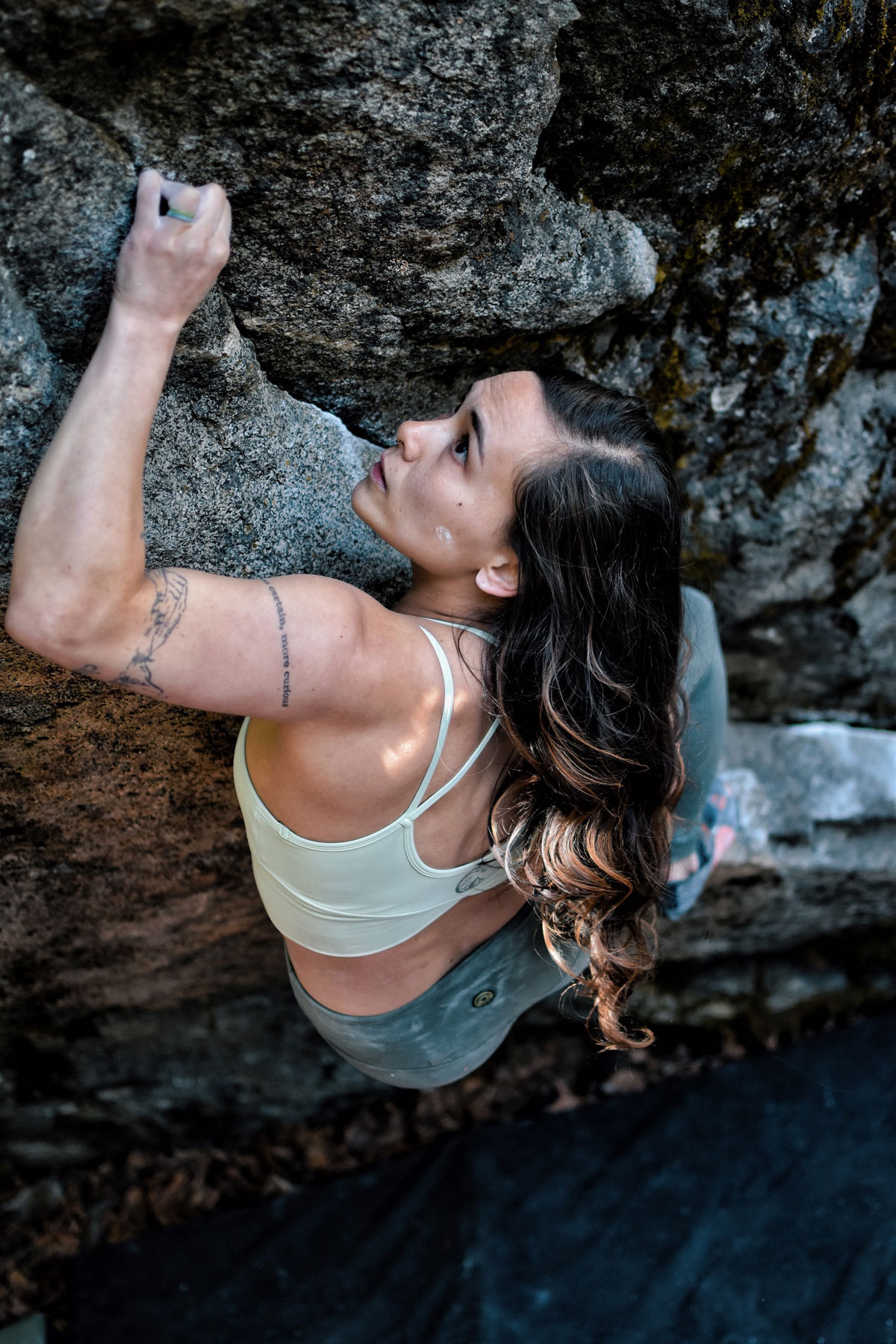
Let’s say right now you would hire a novice setter with little experience but a lot of psych. Can you run us through as a head setter how you would approach training this setter?
…Well, I think it’s important to understand types of holds. And this is actually something that whenever I teach any sort of Intro to Climbing, a climber’s first day in the gym, I will teach them hold name jargon, so that I can communicate with them. And so, without having that good knowledge base of that kind of communication, it’s really hard to set a route. Because when you’re setting a route, it is a form of communication; you’re asking the climber to do certain movements. So, first I would want to make sure they understand what matching is, what smearing is. Flagging is super important, foot switching—stuff like that. I would want to make sure that they understood that first of all, because you should be asking climbers to do techniques like that in your climbs…
I would probably with a newer setter—it would really depend where they’re at in their own climbing—but I would probably start with asking them to set a really simple movement first…For me, I found that it was very helpful when holds were picked out for me and I was given a little bit of direction, but not too much direction where I felt none of the creativity came from me…And then I always make sure that they know, “Hey, if you get stuck, it’s always good to ask for help. I always want to hear any questions that you have. You can never ask too many questions. But also, at the same time, I want you to feel confident enough to try things…”
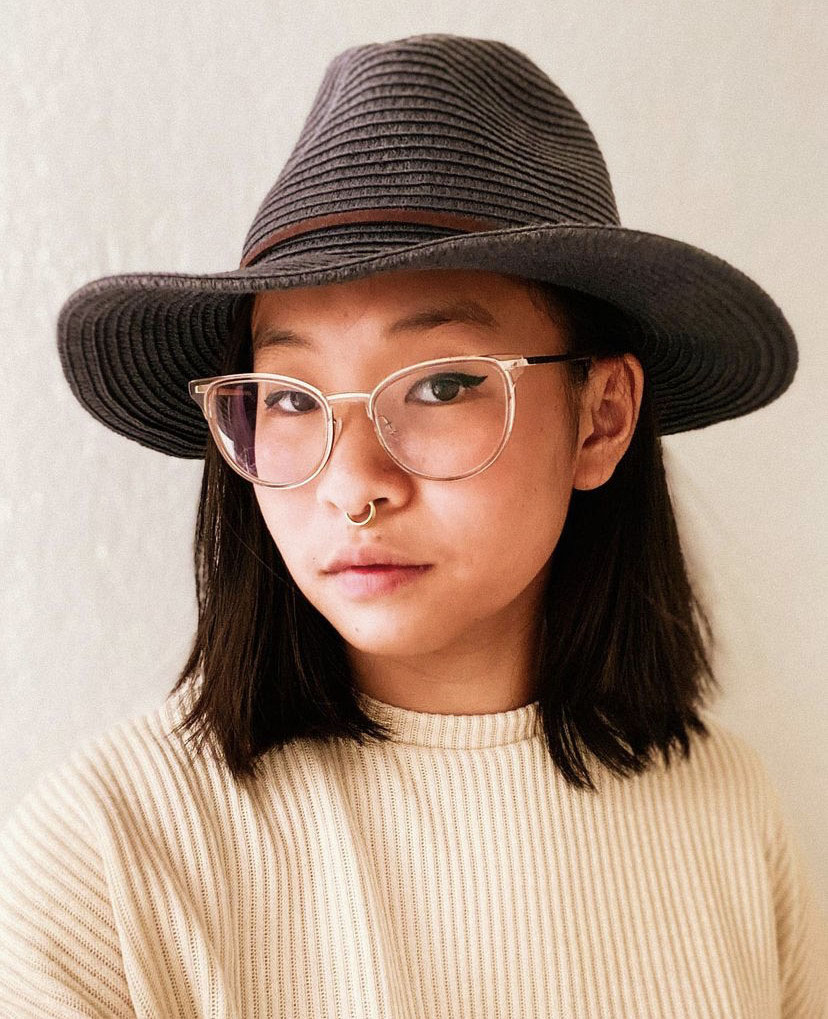
Holly grew up in Taiwan and Hong Kong. Now she lives in Denver where she reports, writes and routesets. Beyond the Climbing Business Journal, her writing has been published by Alpinist Magazine, Climbing Magazine, Gym Climber and Sharp End Publishing. Holly’s motto has always been: “keep it interesting.”
Read our interview with Holly: Storytelling Through Movement




